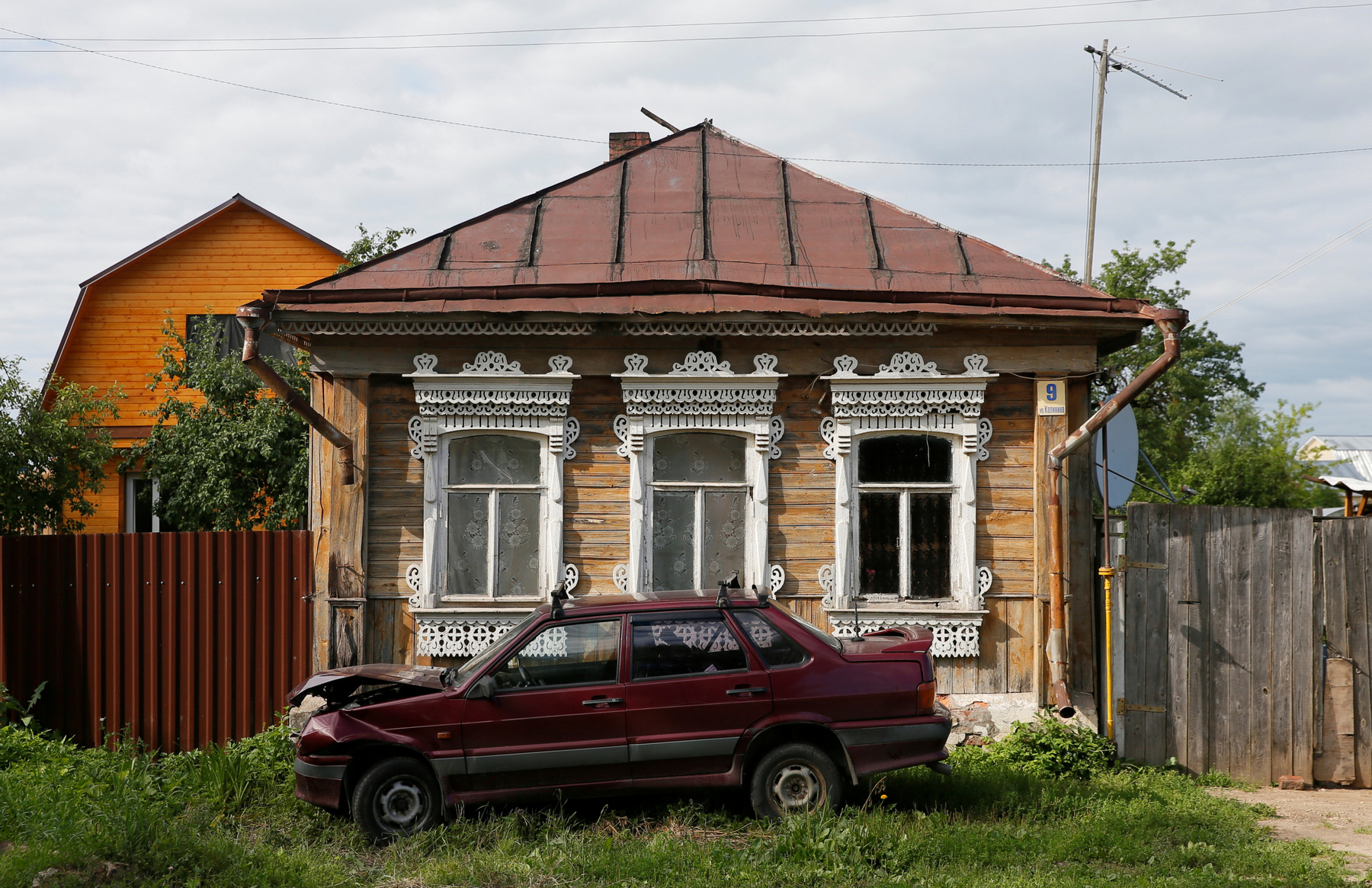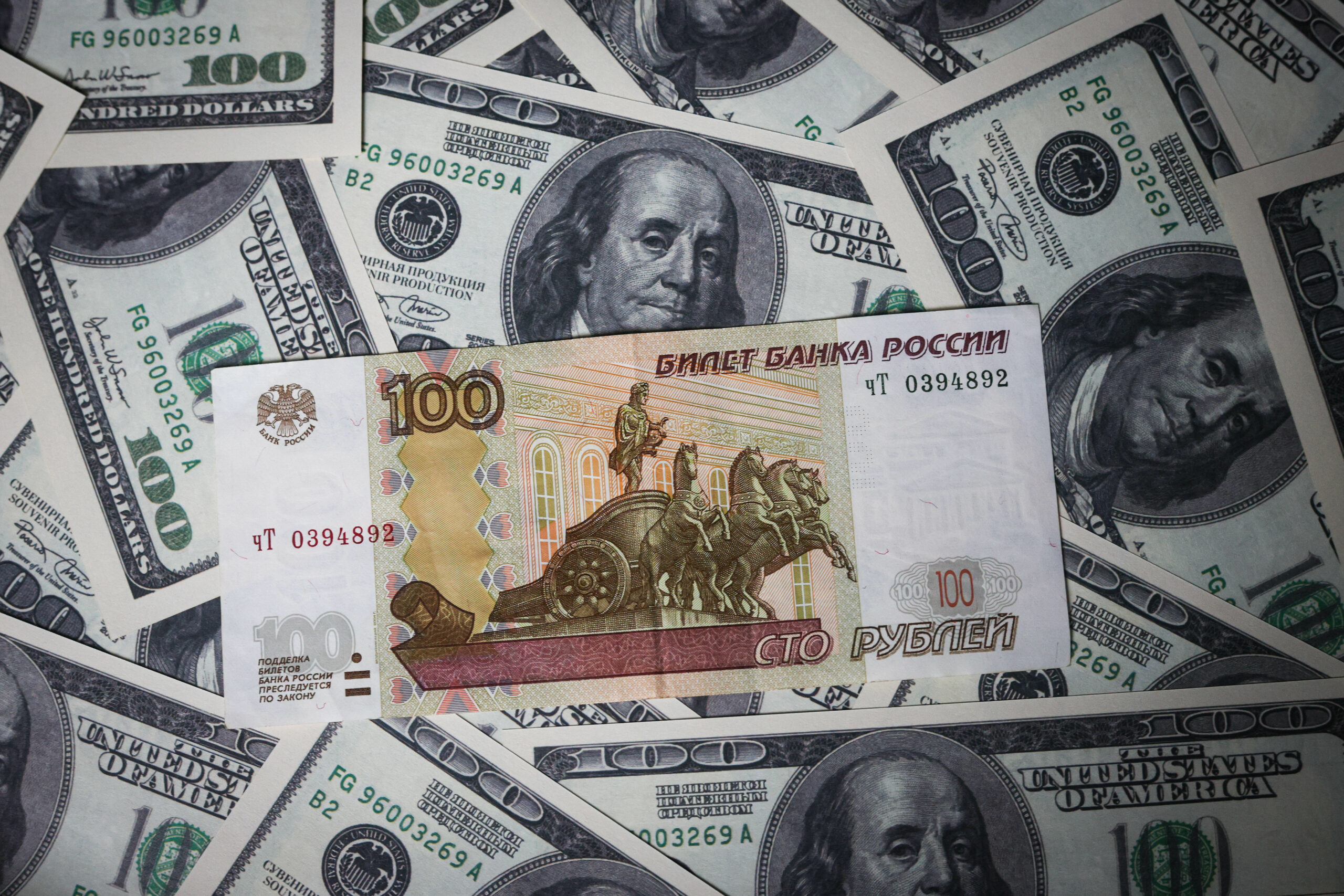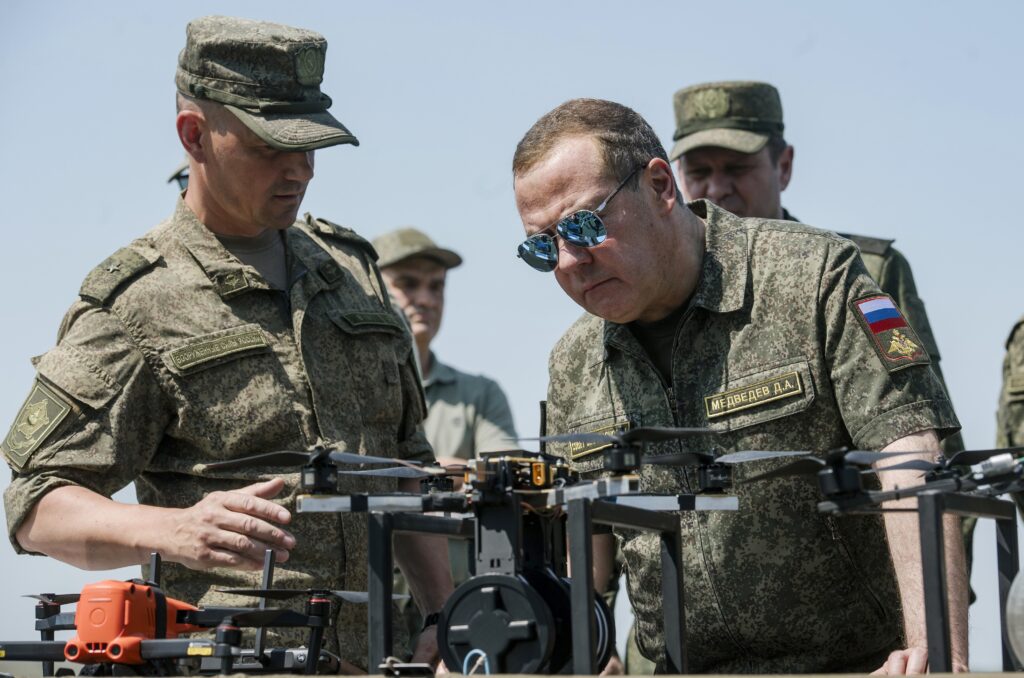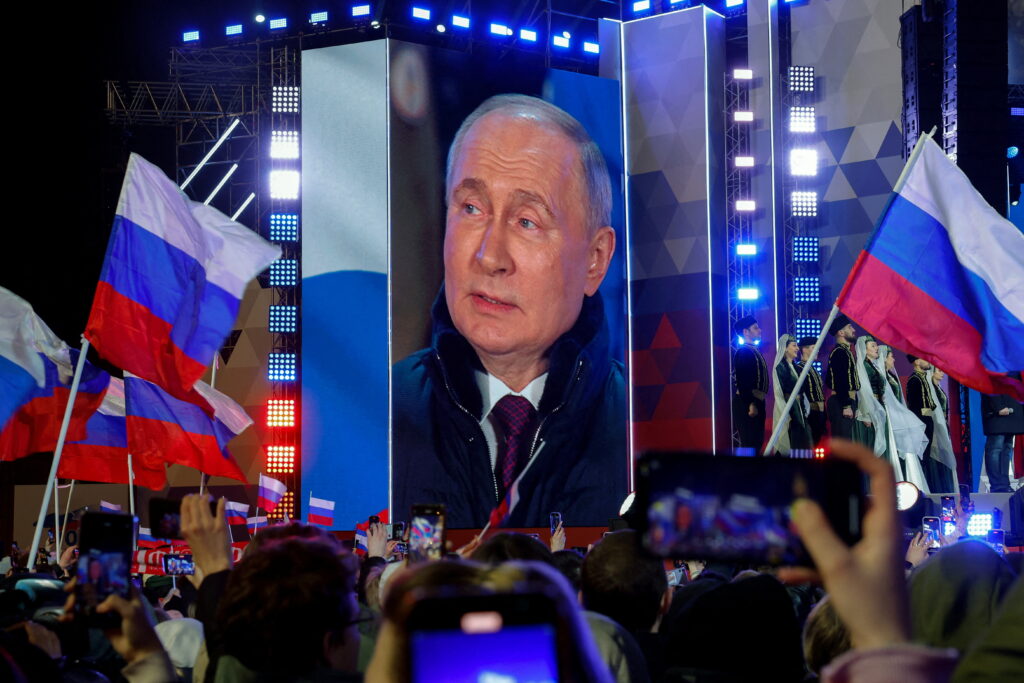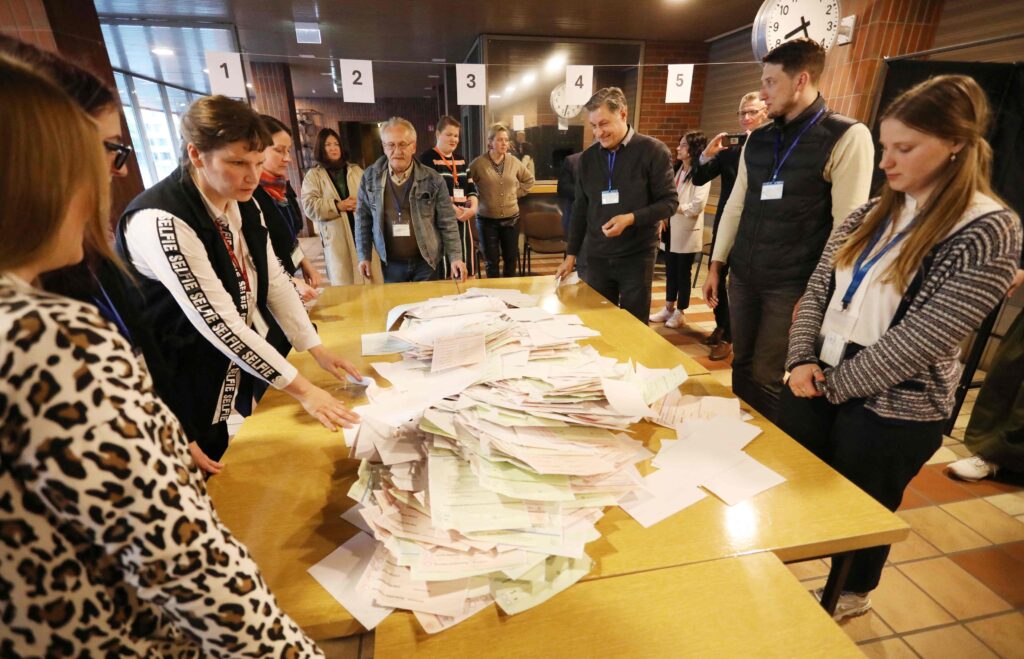In 1984, the Financial Times journalist David Buchan called the USSR «Upper Volta with rockets», ironically noting the poor quality of governance, an inefficient Soviet bureaucracy, and the irrational distribution of resources. Post-Soviet Russia has undergone significant socio-economic and political transformations since then. Even so, there has been no significant improvement in the quality of public administration. According to the Worldwide Governance Indicators for 1996−2019, Russia has consistently retained a position in the second half of the world’s countries in government performance. It has occupied a position in the bottom third for accountability. If we look at another important component of good governance, i.e. the perceived level of corruption, Russia’s performance is even worse. The Transparency International 2019 report sees Russia ranked 137th out of 180. That is on a par with countries such as Papua New Guinea and Liberia.
The academic literature as a whole confirms this dim view. For domestic and foreign researchers, Russia is a typical case of «poor governance». «Poor governance» implies high levels of corruption, inept and inefficient bureaucracy, asymmetry of information that undermines the links between regional and federal authorities, and low level of accountability of government bodies. However, this sea of «poor governance» also has islands of relatively «reasonable» governance at the regional level.
The quality of governance can be seen politically or economically. The political perspective presupposes adequate and effective governance decisions under time pressure. In this context, there seems to be no serious difference between the regions. Russian governors largely copy the manual, inefficient governance model adopted by the Kremlin. One example is the recent chaos in decisions to introduce quarantine measures in educational institutions or the difficulty of transforming the presidential discourse on «one week off» into anti-crisis measures at the regional level. The regional leaders’ reactions to the coronavirus agenda vary widely: from Transbaikalia, where the ban on alcohol sales only lasted five days, to Chechnya, where the leaders decided to close the region’s borders completely. In the economic perspective, the quality of governance at the regional level varies considerably. First of all, governors are supposed to have a greater autonomy versus the Kremlin. Secondly, the regional elites are provided with strategic rather than tactical instruments of governance. Economic governance and the concomitant change in the socio-economic situation in the region is like a long-distance run where governors can be subdivided into leaders, mid-level performers and laggards.
There are several ways to explain the difference between the regions in the quality of economic governance. The first explanation is to do with the peculiarities of political and economic rules of the game in each region. Factors include accountability, political stability, bureaucratic effectiveness, and efforts to fight corruption. The second explanation is the «curse of resources» and overlaps between the federal centre and the regions. For example, Thomas Remington explains the differentiation in the quality of governance at the regional level by referring to the different dependence of regions on natural resources and financial aid from the federal centre. Finally, the third explanation focuses on the personal characteristics of those who are in power in each region. This concerns the governors’ orientation towards reforms, their generational affinity, level and quality of education, and ideological preferences.
To verify these explanations we have looked at all regions of the Central Federal District except for Moscow and the Moscow Oblast. The subjects of the Central Federal District (CFD) have a similar resource base. They are located in the same geographic region and have approximately the same population size and area. None of these regions is a national republic, which makes the analysis much easier. Thus, the range of factors that may have affected the governance activity undertaken by governors is relatively narrow. So that makes it possible for us to focus more on the institutions and personal characteristics of CFD governors, rather than on the economic structure and resources of their respective regions.
One possible indicator of the quality of governance in the regions is their investment potential. On the one hand, this shows confidence in the economy of the region. It is a cudos to the economic policy pursued by the governor in charge. The Expert magazine has been keeping statistics on the regions’ investment potential since the late 1990s and annually publishes a rating of regions by this indicator. As shown in Figure 1, some regions (such as Belgorod and Kaluga Regions) considerably improved their performance and rose in the ranking in 2000−2019. Another group of regions (Lipetsk and Tula Regions) failed to make any significant progress. All other regions, including Kostroma and Yaroslavl Regions, made no progress. Worse still, their performance lagged in comparison with the point of departure in 2000. At the same time, there is a connection between the region’s success with investment policy and the GDP growth rate. In this context, Kaluga, Kostroma and Yaroslavl Regions serve as good examples; their regional GDP growth (Gross Regional Product) is shown in Figure 2.

Figure 1. Investment appeal of Central Federal District regions. Based on the Expert magazine rating data (on the chart: the lower the region’s position in the vertical axis (position in the rating), the higher it ranks).

Figure 2. Regional GDP growth rates in CFD regions. Based on data from the Russian Federal State Statistics Service.
The leaders of the race for quality governance are regions with governors who meet four criteria.
First, this concerns long-standing governors. Yevgeny Savchenko has been the governor of the Belgorod Region continuously since 1993. In the Voronezh Region, Vladimir Kulakov and Aleksey Gordeev held their posts longer on average than their counterparts (in 2000−2009 and 2009−2017 respectively), whereas Anatoly Artamonov became governor of the Kaluga Region in November 2000 and left only in February 2020.
Secondly, all regions that can be showcased as stories of successful governance, governors are considered to be «local». That is, they have long experience of working in their region and are not considered as «nomad governors» by the regional elite. Of particular interest is Governor Artamonov. He was born in the Kaluga Region, got his education there and worked in the region in various positions throughout his life.
Thirdly, the governors of the analysed regions have good relations with the Kremlin. They are loyal to central plans, and have strong lobbying potential. Savchenko’s programme to introduce radical tax cuts for Belgorod businesses and develop new industrial parks came directly through the Ministry of Economic Development. The governor got access via his old party ties. At the same time, the creation of new automobile and pharmaceutical clusters in the Kaluga Region was directly supervised by Deputy Prime Minister Dmitry Kozak.
Finally, the success of the governors of Belgorod, Voronezh and Kaluga Regions relied strongly on their teams of «local» apparatchiks, who were fully controlled by and loyal to the governors, which reduced the likelihood of intra-elite conflicts. One noteworthy example is Governor Savchenko’s «old» team, which emerged back in 1993. At the beginning of each electoral cycle, members of the team leave their posts only to take up managerial positions in new agencies.
The regions placed near the end of the ranking are politically unstable. In most regions of this pool, young crisis managers and «nomads» were unable to come to an agreement with local administrations on the guidelines of regional economic policies. Some examples are the Ivanovo Region under Governor Stanislav Voskresensky and the Tver Region under Governor Andrey Shevelev. The Tver Region as a whole is an interesting case of a territorial unit with conflict potential: during the period under review, four out of five governors of this region left their posts early due to conflicts with the mayors of the region’s capital, the administration and the regional legislature.
The second important factor driving the decline in the quality of governance in the regions is their dependence on aid from the country’s federal centre. In some regions, federal transfers have deprived the local political elite, notably governors, of any incentives to seek alternative drivers of economic growth. The result? The crises of 2008 and 2014 took such governors by surprise: federal aid shrank; private investors began to leave for other regions. One distinct example is the Ryazan Region. Here, the local government had to take a large number of loans during the crisis to pay off payroll debts.
Finally, the governor’s education is the third factor of «poor governance». The sample of Central Federal District regions shows that governors without economic education struggle to present a satisfactory regional development programme to administrations and regional parliaments. This claim is well illustrated by the unsuccessful attempts to push an investment-focused programme through regional legislative assemblies in the Kostroma Region under Sergei Sitnikov (a teacher), and in the Bryansk Region under Yuri Lodkin (a journalist). An economics background often creates a cumulative effect on the governor’s lobbying potential. For instance, the educational background of the governor of the Kaluga Region raised no questions either at the regional or federal level, which is why Artamonov managed to implement his economic programme without any significant opposition. The reason behind the loyalty of veto players in Moscow and the Kaluga Region itself is that many of them had known Artamonov since the time of the Higher Party School. Another good example is the Voronezh Region, where the rising indices of socio-economic development and investment potential are associated with the arrival of a new governance team headed by Gordeev, who previously served as Minister of Agriculture in the federal government of Russia.
| Factors of successful governance in the regions | Factors of failing governance in the regions |
| 1. The governor has been in power for a long time | 1. The governor is a «nomad» |
| 2. The governor is a «local guy» (not seen as a «nomad» by regional elites) | 2. The region is strongly dependent on federal assistance and its economy is not very diversified |
| 3. The governor has good relations with the federal centre and a strong lobbying potential | 3. The governor has no educational background in economics |
| 4. The governor’s administrative team is «local» |
Are the governors to blame for the poor quality of governance in their respective regions? The answer to this question might be: yes, they are — but not always, and not for everything. There is no doubt the personal traits of each governor, his/her education, ties to the federal centre, pro-active stance and a focus on reforms can have a significant impact on changes in the regional economic policy. This is well illustrated by the «economic miracles» in the Belgorod and Kaluga Regions. However, no less important pieces of this puzzle include the initial infrastructure and the local elites. Here, governors are forced to seek compromise with the elites on the economic agenda. Thus, leaders and laggards in the race for «reasonably good governance» have had different points of departure.
